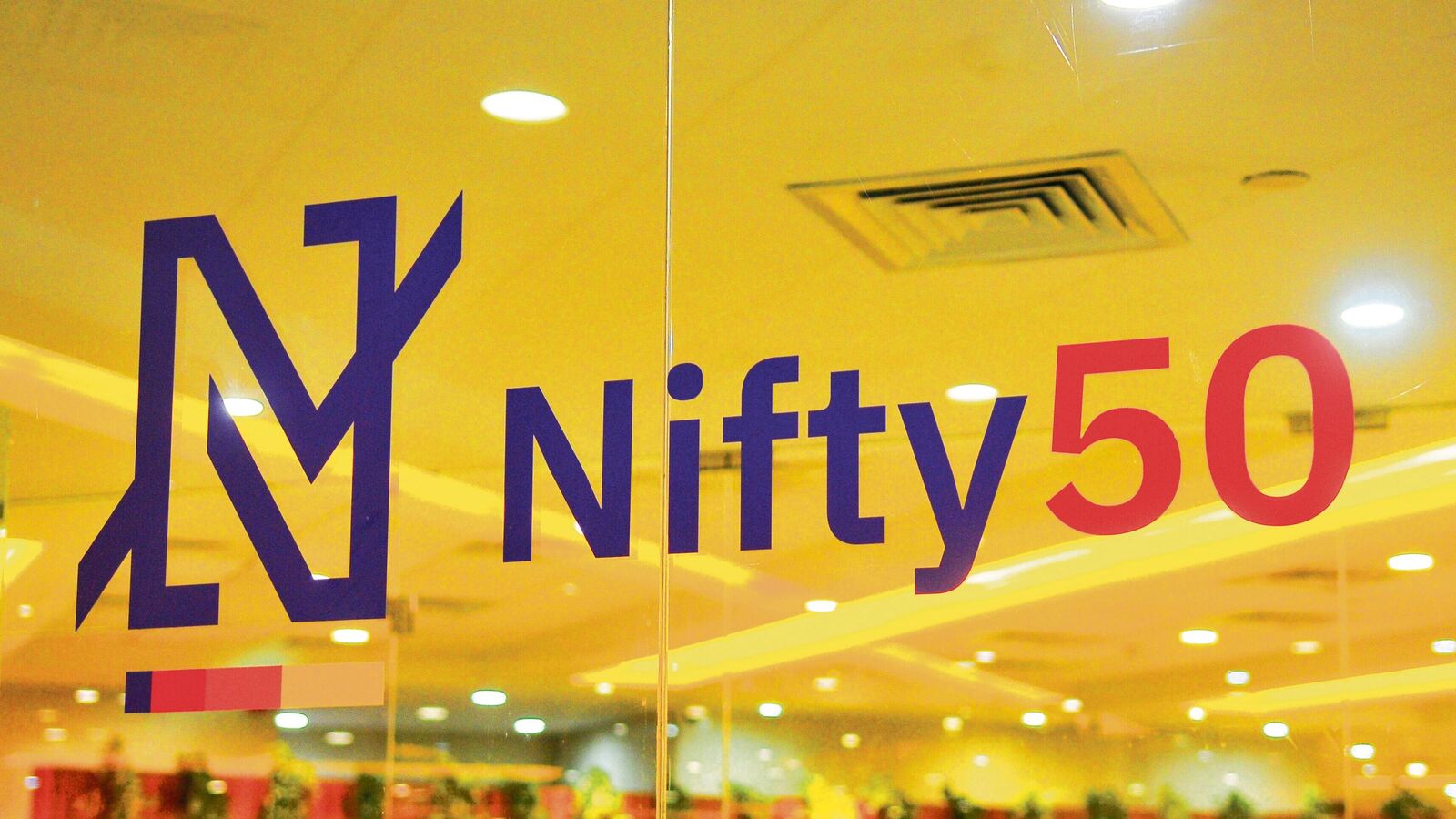Market expert Deven Choksey expects India’s equity markets to maintain their upbeat momentum, projecting that the Nifty 50 could touch 30,000 by the first half of 2026 if current trends continue.
Speaking to Business Today, the DRChoksey FinServ Managing Director said that market sentiment has turned “buoyant and more promising” on the back of a strong second-quarter earnings season.
Strong Q2 earnings set the tone
Choksey pointed out that several consumer-facing sectors recorded healthy volume growth, while margins remained firm across most industries — including cyclical and commodity-linked businesses.
He forecasts a sharper pickup in demand from the third quarter onward:
- Lower cost structures are supporting higher margins
- Consumption is expected to rise in the second half of FY25
- Direct tax benefits up to ₹12 lakh and recent GST cuts are boosting discretionary spending
“With rising consumption and margin improvements continuing into the second half, we expect strong earnings momentum into FY26 and FY27,” he said.
Why Nifty could climb to 30,000
Choksey believes the market is simply waiting to catch up with improving fundamentals.
“The market will not lag behind. With earnings visibility strengthening, I won’t be surprised if Nifty hits 30,000 in H1 2026,” he said.
Rupee weakness ‘perplexing’ but temporary
Despite a soft US dollar, the rupee’s recent depreciation has puzzled analysts, including Choksey. He attributes some of this to delays in India’s Free Trade Agreement (FTA) with the US, which has created tariff-related uncertainty.
However, he thinks the pressure may ease once trade negotiations conclude.
“If the FTA gets resolved, we could see the rupee appreciate sharply from current levels. I expect the rupee could strengthen to around 87,” he said.
Money may flow from US markets to emerging economies
With India’s interest rates set to soften and corporate earnings trending higher, Choksey expects capital to rotate from the US into emerging markets — particularly India — if Wall Street undergoes a correction.
“In my view, the case for the rupee at 87 is strong. Before that, interest rates may bottom out, and capital flows could pick up,” he added.



